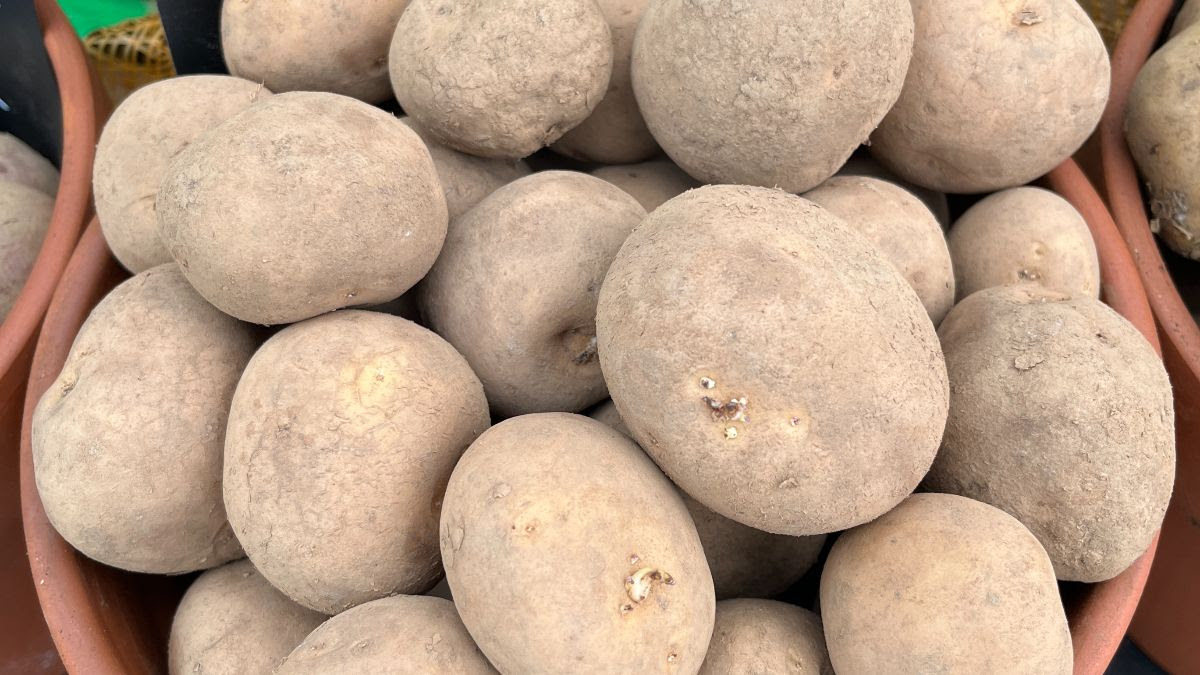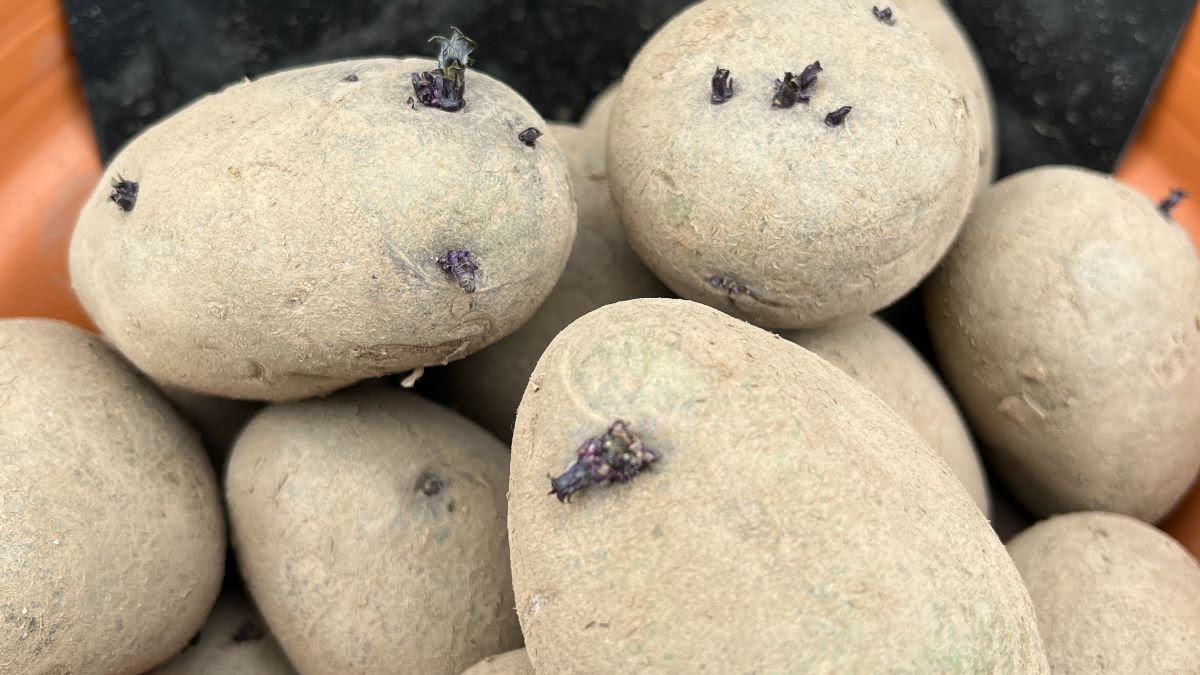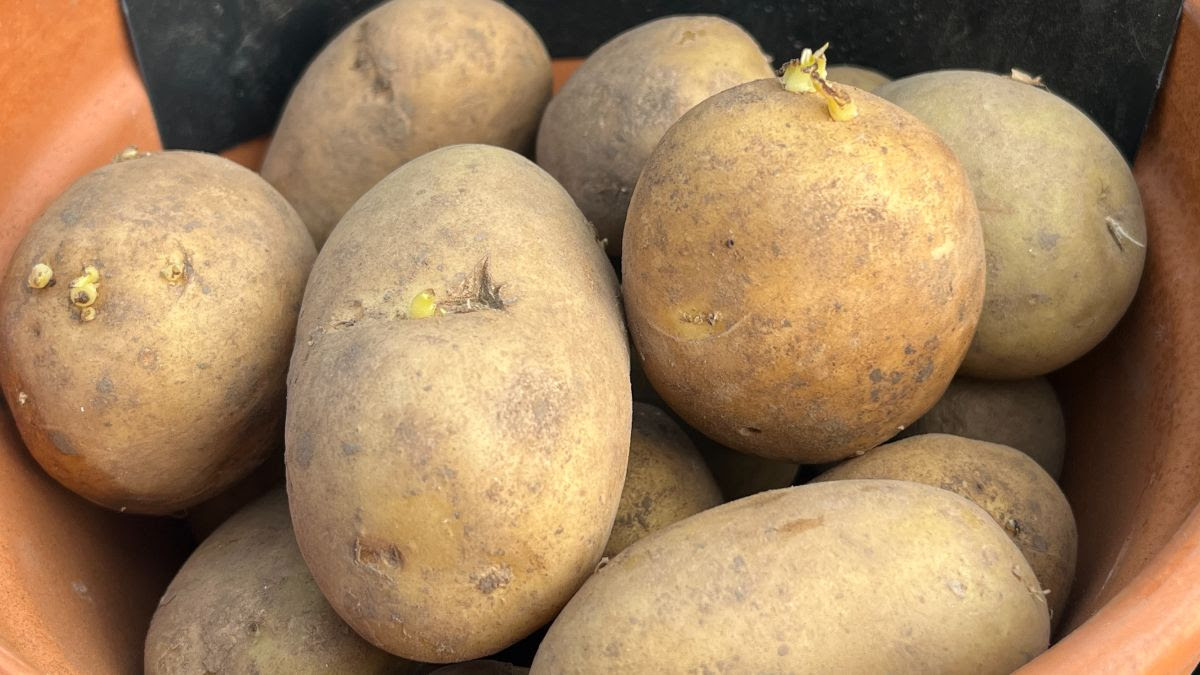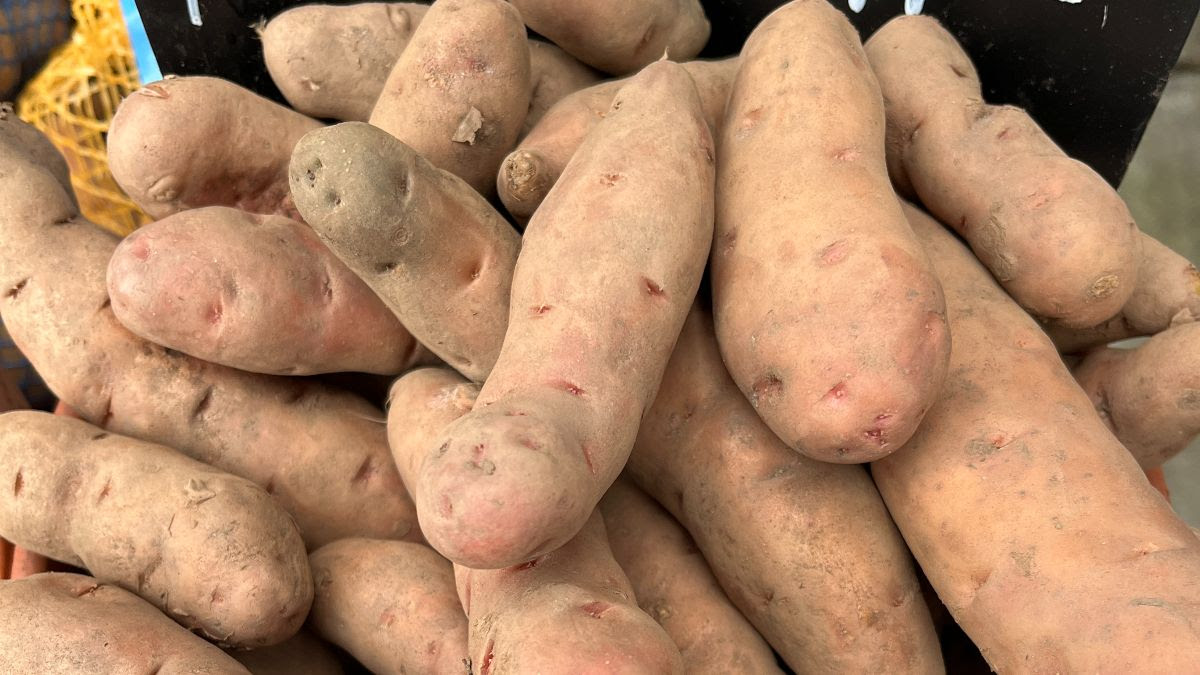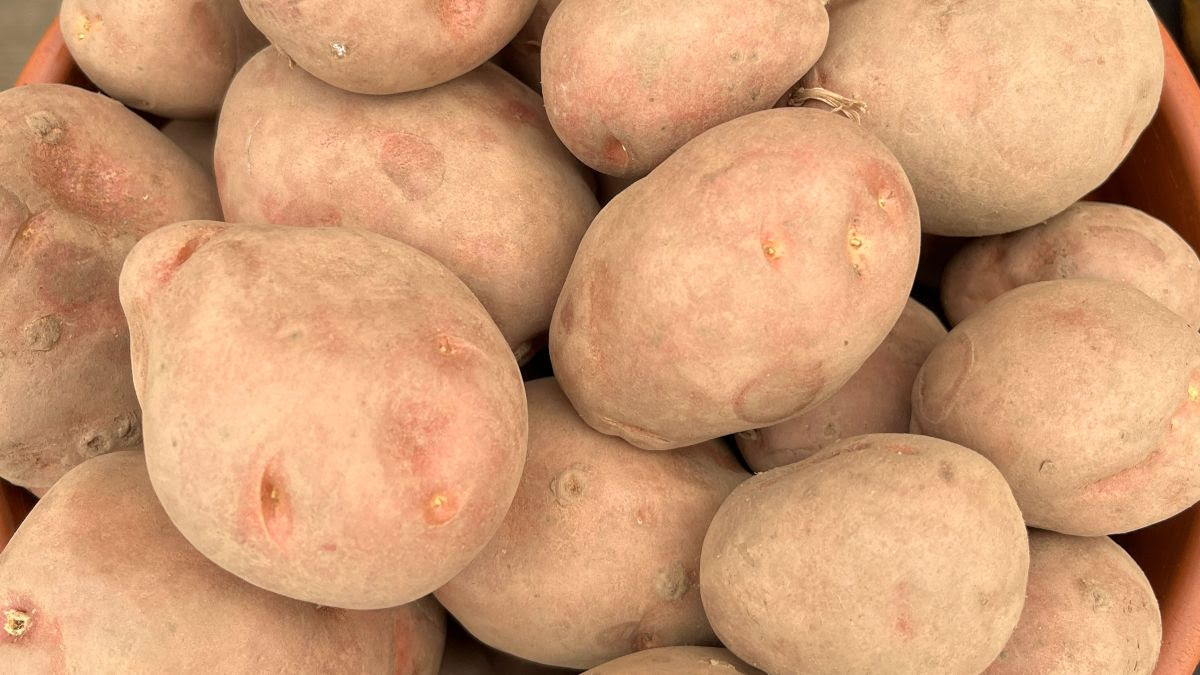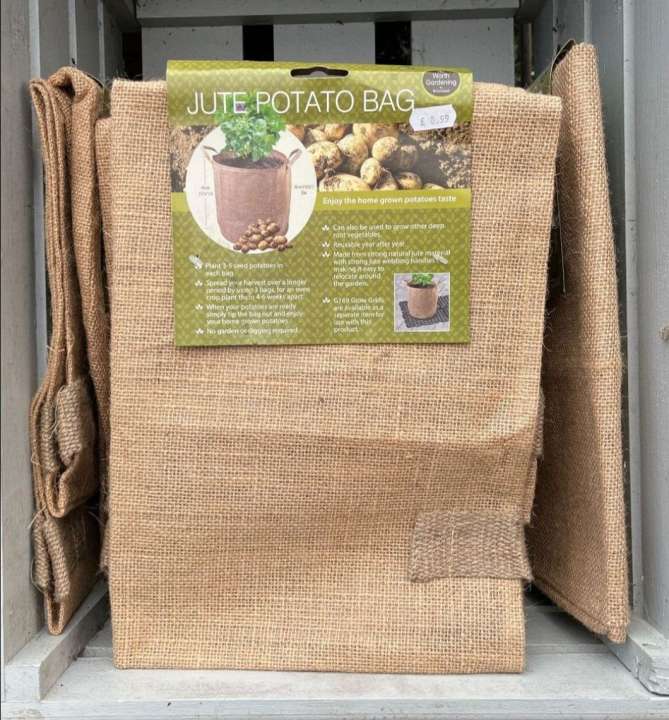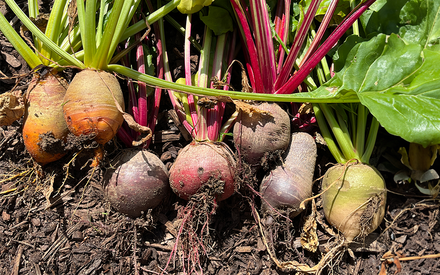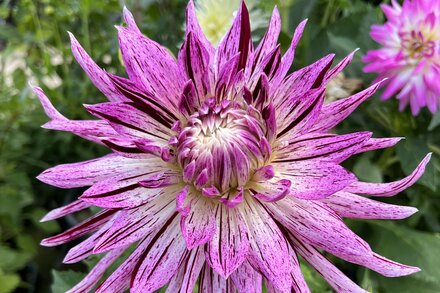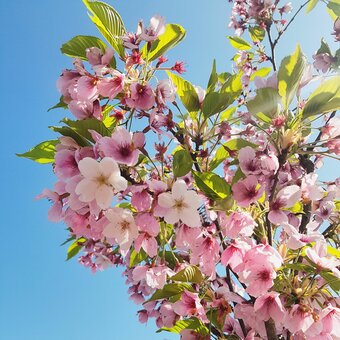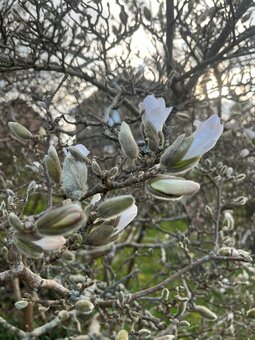Seed Potatoes Have Arrived!
Growing Potatoes at Home
Your thoughts may have turned to the garden during this sunnier and drier spell of weather. January is the best time to buy seed potatoes as we have the full range including the usual and unusual - so get them before they sell out!
If growing in the ground, prepare your soil so it is ready for planting in March - remove all of the weeds and dig straight trenches which are 10cm deep and 30cm wide with a gap of 45cm between them.
Alternatively, they are straightforward to grow in pots and containers which can be an ideal solution if you don't have the room to grow them in the ground.
For both methods, place the potatoes with the shoots facing upwards and cover over with soil. As the plants grow, continue to cover them with soil or compost to encourage the plant to grow more potatoes and stop the light from turning the potatoes green and toxic. This process of earthing them up also helps to protect the tubers from frosts.
Chitting
This gives your potatoes the best start before they go in the ground. The chitting process allows your seed potatoes to get a head start by growing sprouts before they are planted. You don't need specialist equipment - all you need are old egg boxes!
First, locate the side of the potato with the most eyes, these are small, bumpy indentations in the skin where the sprouts will grow. Now place in your egg box where the side with the most eyes is facing upwards, keep these in a light, frost-free area but out of direct sunlight.
Leave for a few weeks and you should start to see short, knobbly purple/green sprouts which are about 3-5cm long, if they grow long and white they may not be getting enough light.
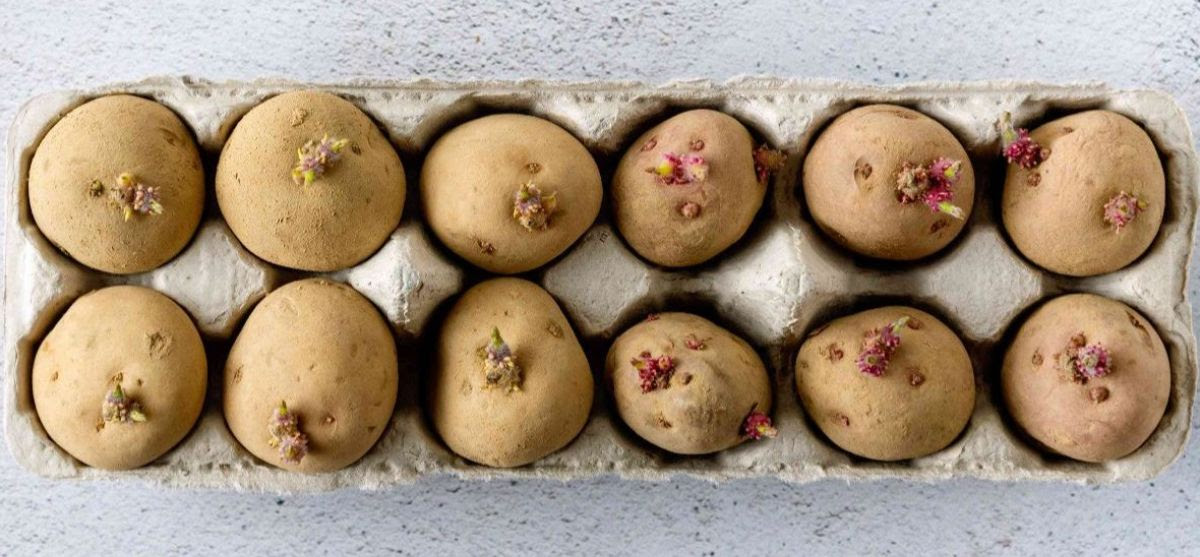
Potatoes are divided into 3 types
As a rough guide, all potatoes can be planted from mid-March onwards when the soil starts to warm up.
First Earlies
These can be planted towards the end of March, it takes between 60-110 days for them to mature and they are ready for lifting from late June to early July
Rocket - First Early
One of the earliest earlies, yielding plenty of pure white round tubers with the typical waxy texture of a new potato, they are best eaten as soon as possible after lifting. Rocket has a good all-round disease resistance and often gets chosen to be exhibited at veg shows.
Swift - First Early
An exceptionally early variety that produces lots of round, smooth, white-fleshed baby new potatoes. They have a short bushy habit which makes them ideal for containers or potato bags where space is limited and they have partial resistance to both golden and white eelworms.
Second Earlies
This type is planted mid-to-late April and matures between 110-120 days to be harvested from early to mid-August.
Kestrel - Second Early
Attractive, long oval, bi-coloured tubers with purple eyes are not only good for the show bench but make excellent chips and roast potatoes as they absorb less fat when cooking. This second early potato has good resistance to disease and slug damage.
Acoustic - Second Early
A fairly new variety that is a great all-rounder shown to have a strong resistance to blight and produces high yields of round, pale-skinned, creamy fleshed tubers. You can choose to harvest it earlier which will result in a slightly waxier texture: perfect for salads and boiling. Alternatively, if they are left to mature and lifted later in the season the texture will become a little flourier which is great for chips, baking, mashing and roasting.
Maincrop
These are planted in late April, they mature in 125-140 days and can be harvested from mid-August through to October.
Pink Fir Apple - Maincrop
One of our personal favourites as it has a great texture and wonderfully nutty, earthy flavour. A late maturing salad potato which is ready to harvest in September/October. They have been given an Award of Garden Merit (AGM) by the RHS.
Desiree - Maincrop
The most popular red-skinned variety in the UK, this early maincrop is known to be a heavy cropper, which is tolerant of drought and shows good resistance to potato virus and powdery scab. Regularly seen on TV being used by celebrity chefs, they are good all-rounders which make great roasties and wedges, as well as chips and mash.
Growing in Containers
It is less labour-intensive to grow potatoes in a pot as you don't need to prepare the soil or weed. Using compost, line the bottom of the pot with 10cm compost and then cover the potatoes, add more as the stems grow and keep them well watered. You can re-use large plastic pots or a 40-litre bag of compost, make sure to add drainage holes in the bottom!

